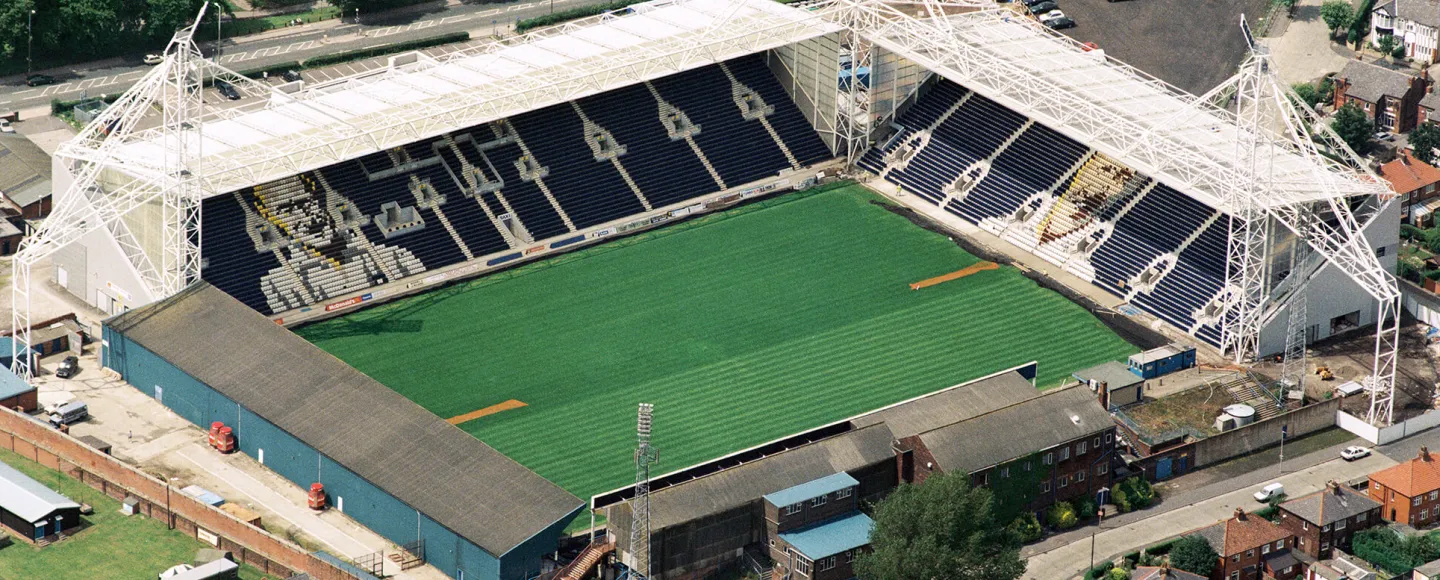Introduction
Football, often regarded as more than just a sport, has a rich history deeply embedded in the hearts of fans. One aspect that reflects this history is the stadiums where the beautiful game has been played for decades. In England, the birthplace of modern football, there are several iconic stadiums that have stood the test of time. In this article, we’ll explore the five oldest football stadiums in England, each with its unique tales of triumph and defeat.
Table: England’s Football Temples Through the Ages
| Rank | Stadium | Year Opened |
|---|---|---|
| 1 | Bramall Lane | 1855 |
| 2 | Deepdale | 1875 |
| 3 | Stamford Bridge | 1877 |
| 4 | Villa Park | 1897 |
| 5 | Goodison Park | 1892 |
1. Bramall Lane (1855)
Bramall Lane, located in Sheffield, takes the crown as the oldest football stadium in England. Initially a cricket ground, it became the home of Sheffield United in 1889. Over the years, it has witnessed the evolution of football and remains a cherished venue for football enthusiasts.
2. Deepdale (1875)
Home to Preston North End, Deepdale is the second-oldest football stadium in England. Steeped in history, it hosted the first-ever league match in 1888. The stadium has undergone renovations, but its classic charm and significance in football history remain intact.
3. Stamford Bridge (1877)
Now synonymous with Chelsea FC, Stamford Bridge began as an athletics venue. The London-based stadium has undergone numerous transformations, growing from a modest facility to a modern football arena. Stamford Bridge is not only historic but also a testament to the sport’s evolution.
4. Villa Park (1897)
Aston Villa’s home ground, Villa Park, boasts a rich football heritage. The stadium has hosted FA Cup semi-finals and international matches, contributing to its storied legacy. With a capacity of over 40,000, Villa Park continues to be a vibrant football hub.
5. Goodison Park (1892)
Everton’s Goodison Park completes our list, having opened its doors in 1892. Although the Toffees plan to move to a new stadium, Goodison Park remains a symbol of the club’s illustrious past. The stadium has seen triumphs, heartbreaks, and the echoes of countless cheers.
FAQs: Unveiling the Mysteries Behind England’s Football Cathedrals
Q1: Have these stadiums always been used for football? A: No, many of these stadiums had different purposes initially. For example, Bramall Lane was a cricket ground before becoming a football venue.
Q2: How have these stadiums adapted to modern football needs? A: Over the years, these stadiums underwent renovations and expansions to meet modern standards while preserving their historical significance.
Q3: Are there plans to preserve these stadiums for the future? A: Preservation efforts vary, with some stadiums undergoing renovations to maintain their historical features, while others face the challenge of balancing tradition with the demands of the modern game.
In conclusion, these five stadiums not only stand as witnesses to the evolution of football but also as symbols of the passion and legacy embedded in the sport. As fans continue to flock to these historic venues, they connect with a heritage that spans generations, making the football experience truly timeless.





